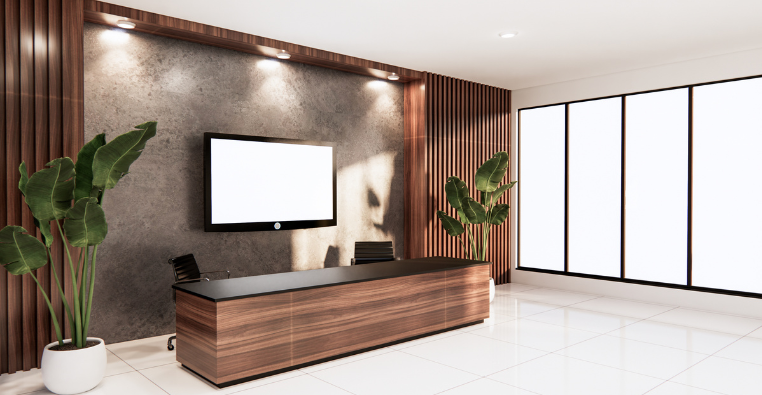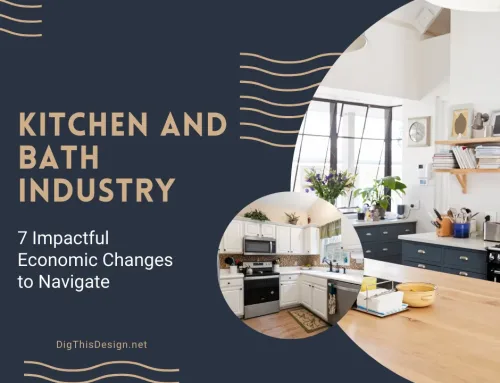In the realm of architecture and design, 3D rendering has revolutionized house render presentation. It allows architects, designers, and clients to visualize spaces in a realistic and immersive manner before any construction begins to provide careful planning and the exact way the future project will look in reality.
Moreover, with the spread of advanced house render presentation software and powerful hardware (e.g., high-end graphics cards and processors), rendering has become accessible to a wider audience. Additionally, the availability of video editors for PC that you can simply download from the Internet has made it easier for users to enhance and refine their rendered images, adding effects and animations, especially beneficial for marketing.
7 Tips for House Render Presentation

Importance of Presenting 3D Renders of a House
The presentation of a 3D house render presentation is invaluable in conveying design concepts to clients. It provides a tangible representation of the final product, allowing for better decision-making and communication throughout the project. Furthermore, presenting a 3D house render presentation can help identify potential issues or improvements in the design and correct them right away, saving time and resources. 3D renders are perfectly used for marketing purposes, showcasing the property to potential buyers or tenants with photorealistic images that highlight their best features and design elements, making attracting potential buyers easier than ever.
Preparing 3D Models for Rendering
Before rendering, it’s crucial to ensure that the 3D model is properly prepared. This includes selecting the right software for rendering and setting up the scene with accurate dimensions and details. Furthermore, optimizing the model for rendering can help improve efficiency and reduce rendering times. This involves techniques like simplifying geometry, using proxy objects, and optimizing textures and materials for better performance.
Lighting and Texturing
One of the key elements in creating a realistic 3D render is lighting. Proper lighting enhances the mood and atmosphere of the scene, bringing it to life. Additionally, texturing plays a vital role in adding realism to objects within the scene. By carefully applying textures and materials to surfaces, such as wood, metal, or fabric, you can create convincing representations that mimic real-world materials.
House Render Presentation Process
Once the scene is set up and the lighting and texturing are in place, it’s time to render the image. Consider the following settings: resolution, frame rate, codec, quality, and rendering engine to achieve the desired outcome. Additionally, rendering can be a resource-intensive process, requiring powerful hardware – some editors possess a useful feature named hardware acceleration that can prevent overloading of your PC. Investing in a high-quality graphics card and sufficient RAM also can help speed up rendering times and improve overall performance.
Importance of Realistic Presentation
A realistic presentation of a 3D render can make all the difference in conveying the design intent and garnering approval from clients and stakeholders. It instills confidence and trust in the project, ultimately leading to its success. Furthermore, with advancements in rendering technology and software, creating photorealistic images has become more achievable than ever before.
Conclusion
Presenting a 3D render of a house is a powerful tool for architects, designers, and clients alike. With the advancements in rendering technology and software, creating photorealistic images has become more achievable than ever before. And, by paying attention to details, you can create amazing visualizations that accurately represent your vision and will definitely be appreciated by the audience.
Other posts you might enjoy:
Home Remodel – How to Create a Floor Plan Before you begin
Growing Your Interior Design Business
5 User-Friendly House Design Software to Help You Redecorate Your Home





